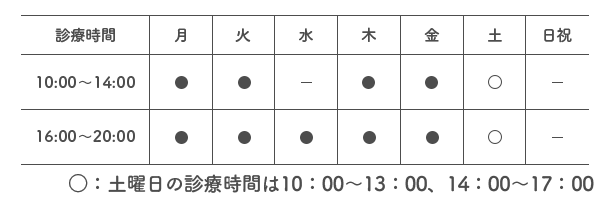Lung hypertension (PH) is a facility and modern problem that impacts the blood vessels in the lungs. It is identified by hypertension in the pulmonary arteries, causing signs such as shortness of breath, fatigue, upper body discomfort, as well as lightheadedness. To effectively identify as well as deal with pulmonary hypertension, health care experts use the that category system, which categorizes the problem into five distinct teams based on their underlying causes and therapy approaches.
Team 1 of the that category system concentrates on lung arterial hypertension (PAH), which describes a details form of lung hypertension defined by the narrowing as well as stiffening of the lung arteries. This group is further precio de green caps en méxico separated right into four subcategories:
1.1 Idiopathic PAH: This refers to instances where the underlying reason for PAH is unknown. It is essential for clients with idiopathic PAH to undertake an extensive assessment to recognize potential contributing elements.
1.2 Heritable PAH: In this subcategory, people inherit hereditary anomalies that incline them to establish PAH. With developments in hereditary testing, it is now feasible to identify these anomalies as well as use targeted treatments to improve client end results.
1.3 Medicine or Toxin-induced PAH: Direct exposure to specific drugs or toxins can result in the advancement of PAH. Typical offenders include fenfluramine by-products, amphetamines, and some illegal drugs. Identifying as well as avoiding these triggers is critical in managing medication or toxin-induced PAH.
1.4 Associated PAH: This subcategory encompasses cases of PAH that are connected with other clinical problems such as connective tissue illness, genetic heart diseases, HIV infection, portal high blood pressure, or schistosomiasis. Treating the underlying problem is an essential component in handling connected PAH.
Team 2 makes up pulmonary high blood pressure that develops as an outcome of left heart diseases, such as left ventricular disorder or valvular cardiovascular disease. In these instances, the impaired functioning of the left side of the heart leads to a rise in pressure in the pulmonary arteries.
It is critical to diagnose as well as treat the underlying left cardiovascular disease to effectively take care of lung high blood pressure in this group. Therapy methods might include medications to enhance heart feature, valve repair service or substitute, or various other treatments targeted at dealing with the particular cardiac pathology.
Team 3 includes pulmonary hypertension that develops as a consequence of lung illness or persistent hypoxia (reduced oxygen degrees). Problems such as persistent obstructive lung condition (COPD), interstitial lung illness, and sleep-disordered breathing can contribute to the growth of pulmonary hypertension in this team.
Handling lung illness and also correcting hypoxia are key goals in the therapy of pulmonary hypertension in Group 3. This may involve smoking cessation, oxygen treatment, pulmonary rehabilitation, and making use of different medicines to optimize lung feature.
Chronic thromboembolic lung high blood pressure (CTEPH) is a special type of lung hypertension that occurs when blood clots block the lung arteries. Unlike acute pulmonary blood clot, where the embolism ultimately liquify, in CTEPH, the clots continue as well as can cause the development of pulmonary high blood pressure.
Diagnosing CTEPH involves imaging researches such as CT lung angiography and also ventilation-perfusion scans. Therapy choices array from medication to surgical treatments, including pulmonary endarterectomy or balloon lung angioplasty, relying on the seriousness and location of the blood clots.
Team 5 is a catch-all group for pulmonary high blood pressure situations that do not fit right into the other four teams. It incorporates conditions with uncertain or multifactorial reasons, such as hematologic disorders, systemic disorders, metabolic conditions, or conditions impacting multiple organs.
As a result of the heterogeneous nature money amulet of Group 5 pulmonary high blood pressure, treatment strategies are frequently personalized based upon the specific underlying causes and connected conditions. Joint efforts amongst various medical specializeds are important to identify the most proper administration techniques.
Pulmonary high blood pressure that teams provide healthcare specialists with a thorough structure to comprehend the underlying causes as well as establish targeted treatment prepare for individuals. By categorizing lung hypertension based upon distinctive groups, healthcare providers can tailor their technique to each client’s special requirements. Early medical diagnosis as well as suitable monitoring play important roles in boosting end results and boosting the lifestyle for people living with pulmonary hypertension.
Remember, if you or somebody you recognize experiences symptoms of lung high blood pressure, it is vital to look for clinical interest immediately and also comply with up with a medical care professional for an accurate medical diagnosis and suitable therapy.
SMiLE 整骨院
| 診療時間 |  |
|---|---|
| 住所 | 〒112-0006 東京都文京区小日向4-5-10 小日向サニーハイツ201 |
| アクセス | 東京メトロ丸の内線「茗荷谷」駅 徒歩2分 |